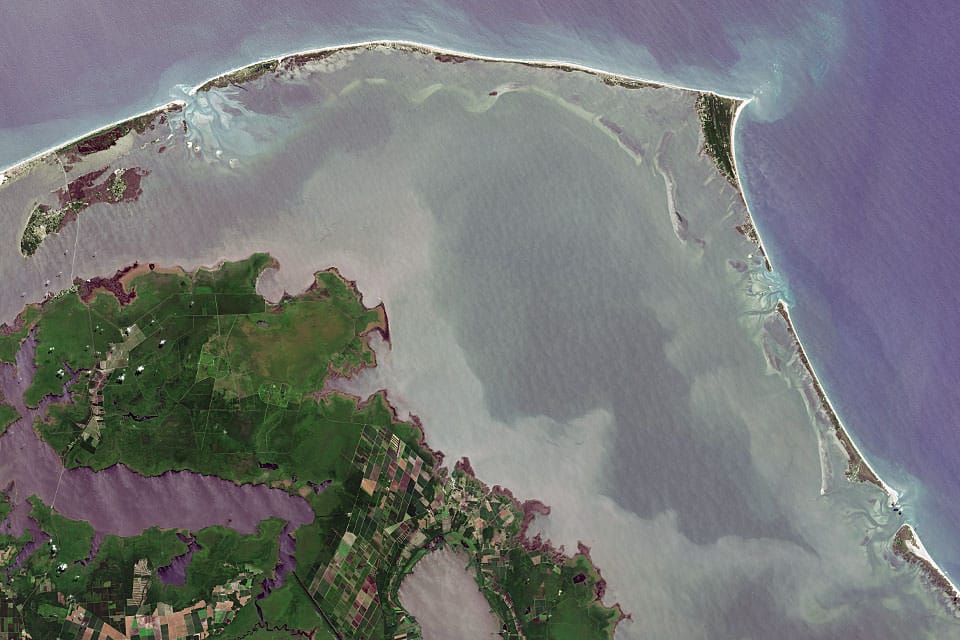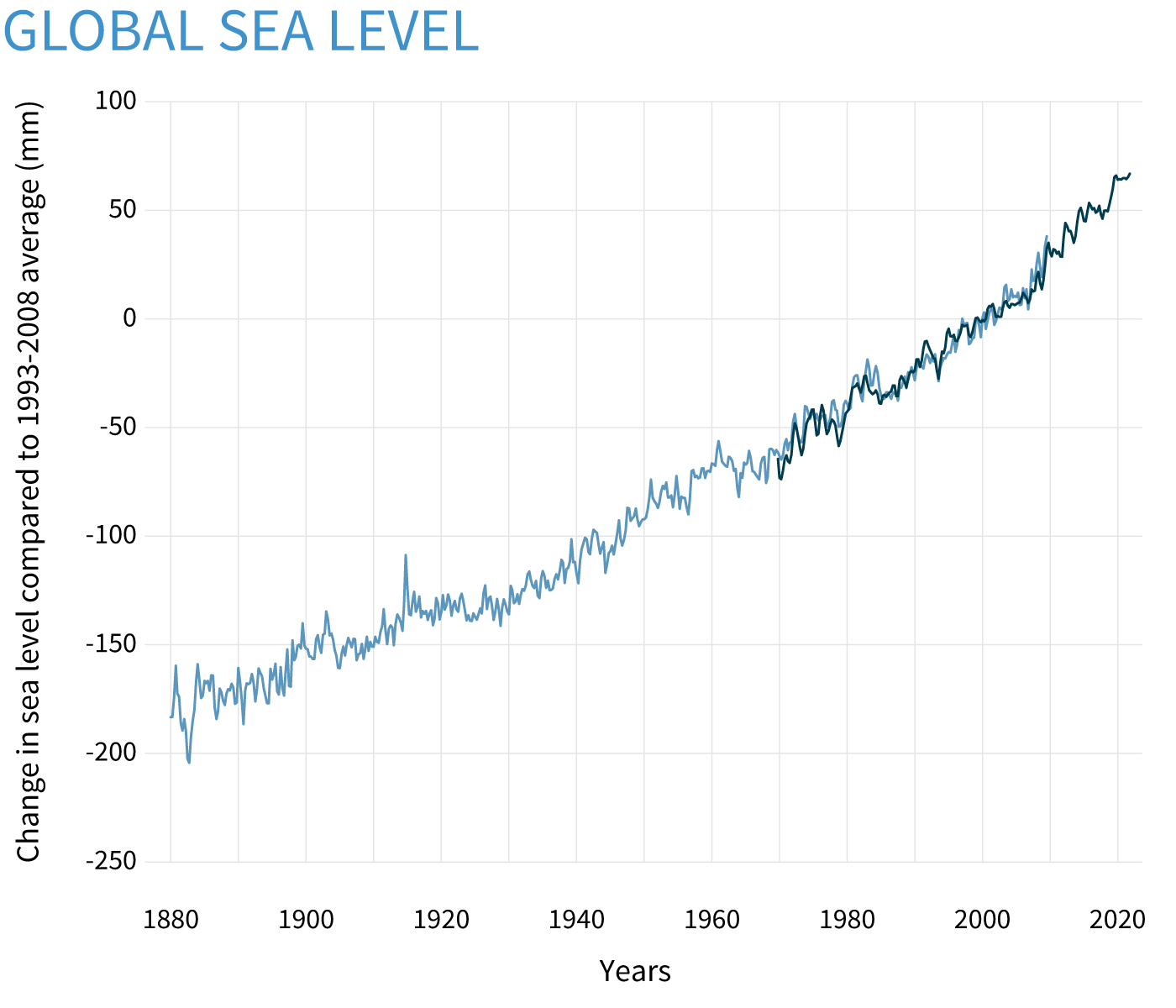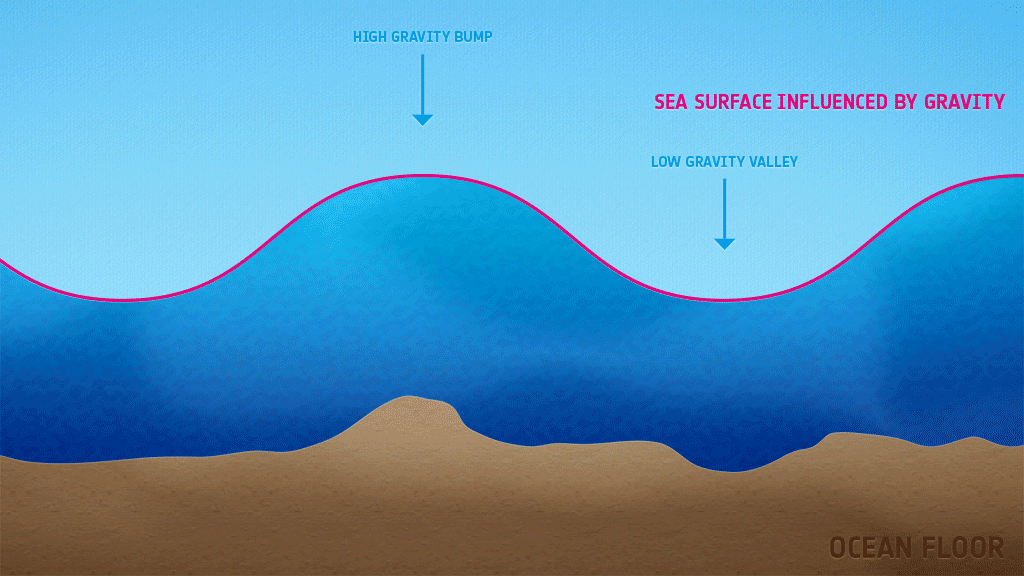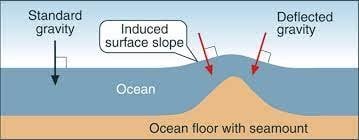jc456
Diamond Member
- Dec 18, 2013
- 138,889
- 28,977
Nope."Things" is plural, "is" is singlular. You need to make those agree. You should have learned
It is hilarious the things you follow!! Hahaha haha
Those things which are plural are hilarious to me, an individual







